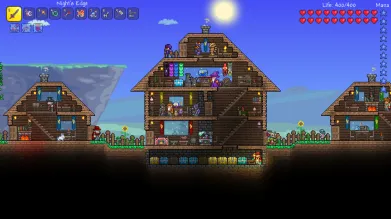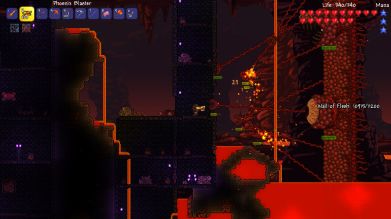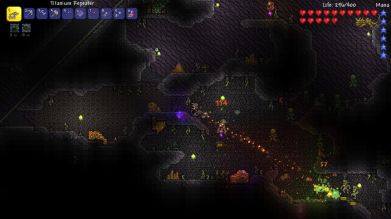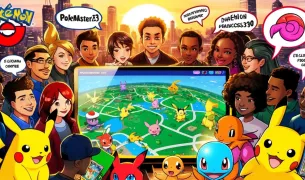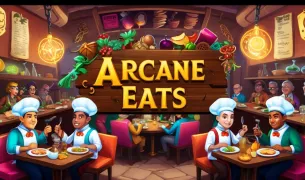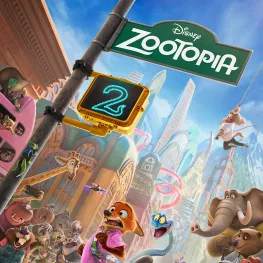Having ventured deep underground in the world of Terraria, I was a long way from the warm comforts of home. The game had lured me in with its promising depths, filled with endless exploration of abandoned shelters nestled in every nook and cranny. While attempting to loot, my discovery of a hostile nest of aggressive bugs along a crumbling minecart rail was a harsh warning that my iron weaponry was no longer sufficient protection. Undeterred by the threat, I pressed on into the relatively safer spider-web-covered cabin, hoping to unearth some valuable treasures from the golden chest positioned on the upper level.
Navigating Unexpected Challenges
My exploration, however, took an unexpected turn. Oblivious to the hidden reservoir of water lurking just above the structure, a single swing of my pickaxe breached the last barrier, holding it in place. Within moments, the cabin interior was flooded, extinguishing my torches and leaving me in absolute darkness. It was a reminder that problem-solving in Terraria is sometimes messy, unexpected, and remarkably dynamic. For example, my esc in this situation relied on improvisation, necessitating a swift swim to the entrance, a glowstick for lighting, and an opened door to let the flood of water rush out. It was a testament to the fluidity of gameplay in Terraria.
From Comparisons to Minecraft to a Modern Classic
Back in 2011, when Terraria was released on Steam, it was incessantly compared to Minecraft. Both games shared a DNA rooted in building, crafting, and pouring hundreds of hours into singular universes. However, circumstances have shifted. Nowadays, Terraria is regarded as a contemporary classic, having garnered the interest of a distinct fanbase. Its focus, unlike Minecraft, has always tilted more towards combat rather than building, offering an endless array of challenges in the dungeons that deepen as you progress.
The Evolution of Gameplay in Terraria
But perhaps one of Terraria's most mind-boggling parts is the contrast of experiences between its early and late-game play. A beginner may marvel at their first crafted grappling hook or double-jump boots. Yet, seeing a well-equipped player flying across the sky, taking down monstrous foes effortlessly, can give a newfound perspective on just how deep the game's mechanics can go.
Terraria's progression system, from gearing up to summoning world-altering bosses, is beautifully opaque. You could spend hours without stumbling upon revelations like floating islands above or the ability to summon an evil robot, Santa Claus. This unending discovery and the secrets buried deep within the sandbox is what makes Terraria so mesmerizing. In an industry where games such as Breath of the Wild, Monster Hunter, and Dark Souls are letting players make discoveries without a clear guide, Terraria should be recognized as a pioneer.
In conclusion, Terraria embodies the joy of discovery, the thrill of progression, and the creative freedom that are the hallmarks of sandbox games. It's a world brimming with secrets waiting to be unearthed, a realm filled with awe and wonder tucked away in its vast corners. From your first nervous night huddled in a makeshift shack to soaring with angel wings against monstrous threats, the game continually surprises and engages even hundreds of hours in.
Simultaneously a survival challenge, a combat escapade, and a construction workshop, Terraria straddles different genres and styles with ease. The beauty lies in how it ties everything together to provide an immersive, addictive, and ultimately unique gaming experience, making it a true modern classic. Whether you are a veteran or a newbie, the world of Terraria continues to promise one thing above all: exploration with endless possibilities.
Pros
- Procedurally generated worlds offer a unique experience with every playthrough
- Deep crafting system with countless items to create
- Charming pixel art graphics that encourage creativity and personalized gameplay
- Intense combat with a variety of weapons and enemies.
Cons
- 16-bit style graphics may not appeal to those preferring modern aesthetics.
